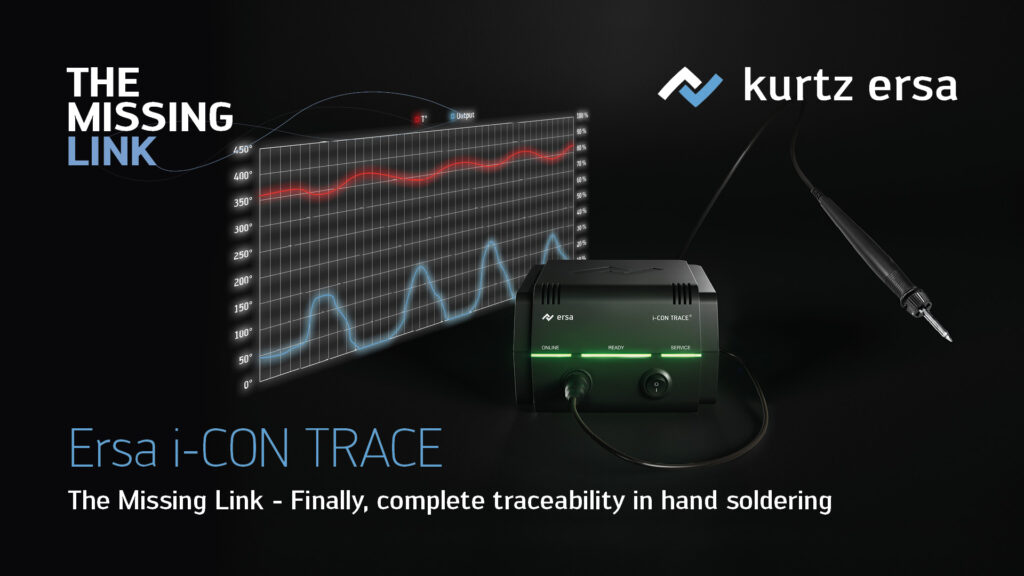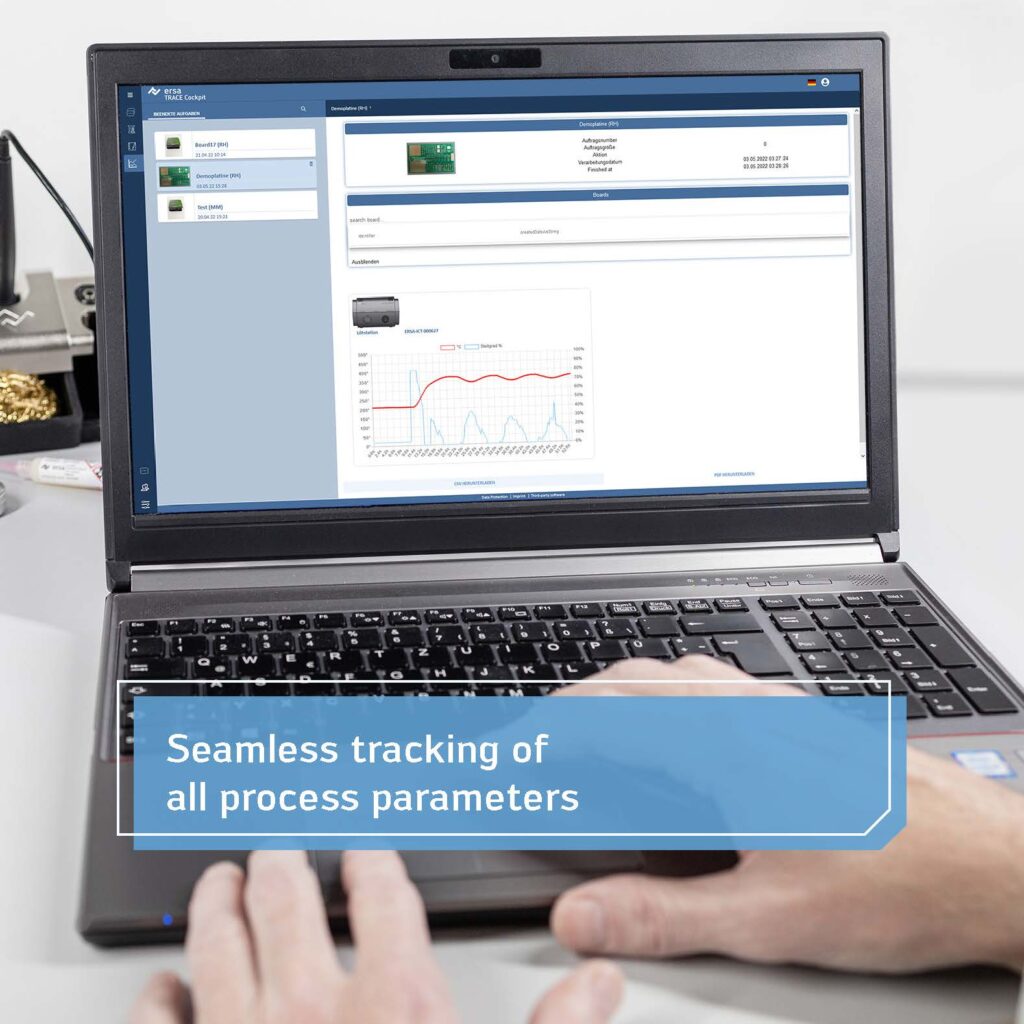

The 2025 CMM Electronics Manufacturing Automation & Resource Exhibition took place successfully at the Shenzhen World Convention & Exhibition Center (Bao’an New Hall) from June 4 to 6, 2025, as part of the South China International Expo. This specialized exhibition serves the electronics manufacturing sector, bringing together resources from the entire industry chain and attracting over 1,000 brands, along with 10,000 new products and technologies. Kurtz Ersa recognized the exhibition’s focus on industry needs, showcasing core technologies and products that demonstrate its brand strength and insight into market demands during interactions with industry peers.
Addressing Production Challenges: Diverse Solutions Capture Attention
The CMM exhibition emphasizes “covering the entire electronics manufacturing process through a one-stop presentation of resources.” Kurtz Ersa concentrated on the specific needs of electronic factories in the SMT and THT segments, highlighting its manual soldering product line and a range of solutions that encompass automated soldering and testing. These offerings align precisely with the requirements of companies in consumer electronics, automotive electronics, and other sectors, making them a focal point of the exhibition.
Technological Innovation: Addressing Traceability Gaps in Manual Soldering
In the electronics manufacturing sector, traceability is a key method developed and now a fundamental process for enhancing efficiency, encompassing virtually every step from solder paste printing to final inspection. However, manual soldering, rework, and repair processes have historically left a “missing link” in data continuity within the overall electronics manufacturing process.
Ersa i-CON Trace stations are now being designed to bridge this gap in manual soldering, rework, and repair applications, addressing the issue through three key functions of integrated software:
Process Definition: Engineers can fully define the process by inputting parameters such as solder tip temperature, solder tip geometry, process materials (wire, flux etc.) and other “wild card” parameters for customization, with the option to “opt out” of some parameters based on specific needs to speed up process definition and recording .
Process Control: The software commands the soldering system and provides instructions to operators, with many stakeholders preferring a “Poke Yoke” error-proofing quality assurance mechanism that allows operation only when all predefined parameters are met; some also allow operators to have the final say on certain parameters, with both recommended and used parameters recorded. The process is controlled using internal data (automatically recorded, e.g., temperature) and external data (manually input, often via barcode scanner).
Data Traceability: All process data is recorded, including internal data like temperature, time, power, and external data such as tip used, materials used, board ID, operator ID. The data can be stored within the software or exported to a Manufacturing Execution System (MES) using common traceability protocol standards, meeting the requirements of high reliability manufacturing sectors such as medical and automotive.




